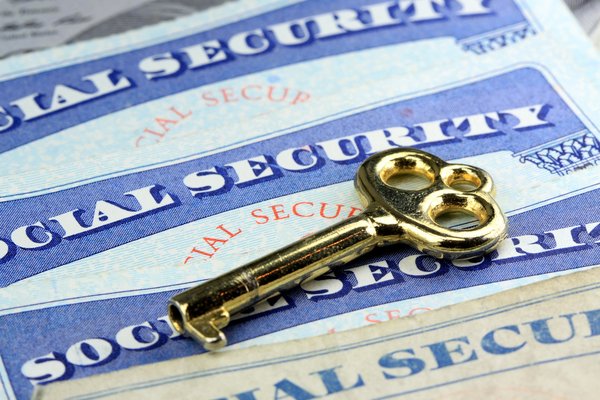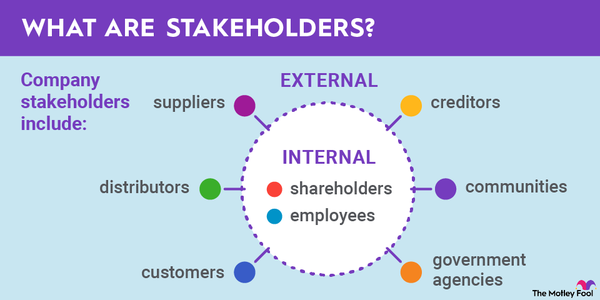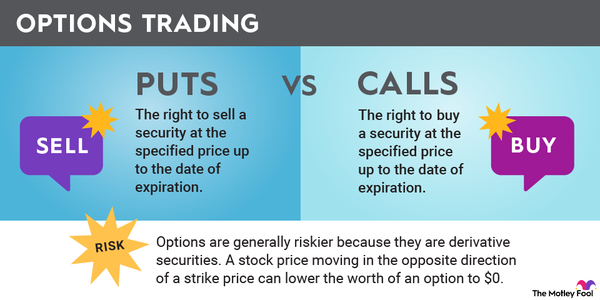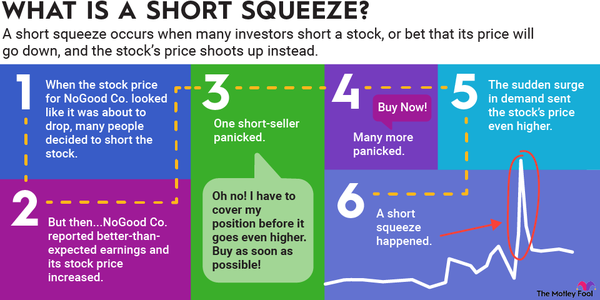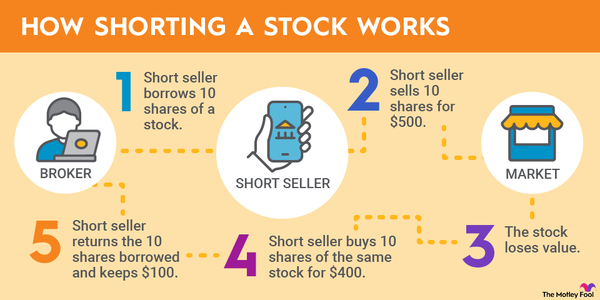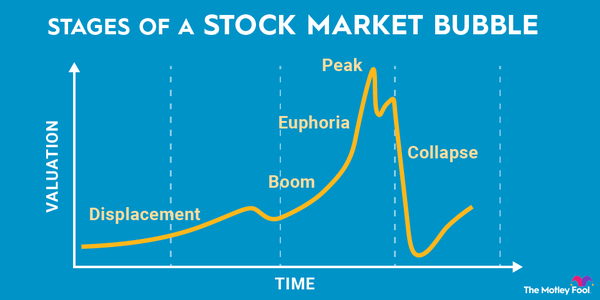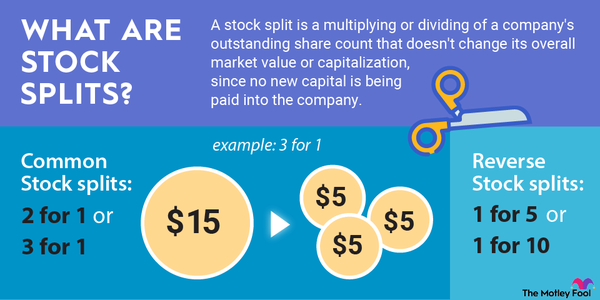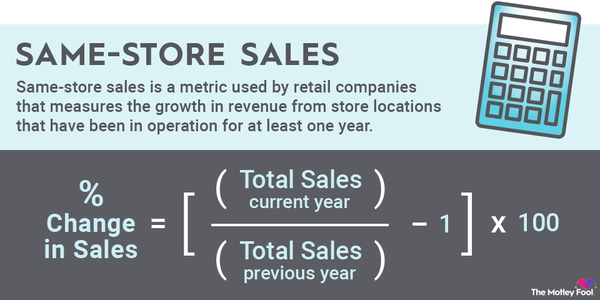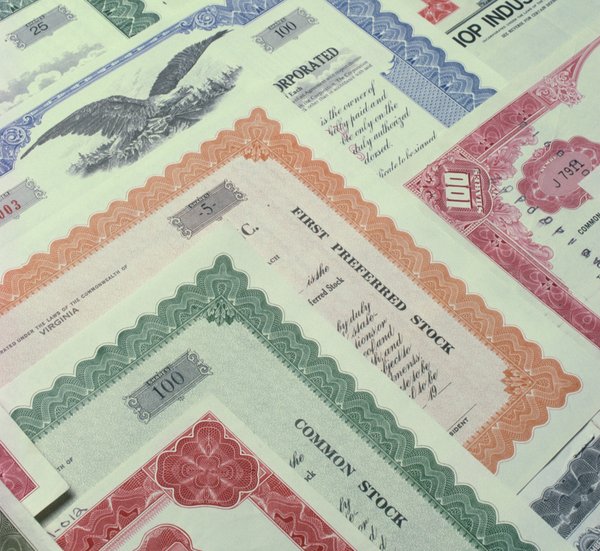Suspicious activity reports (SAR) have been a tool for banks to report activity that wasn't necessarily blatantly illegal but certainly seemed odd since the Bank Secrecy Act of 1970. Although many things that trigger a SAR turn out to be run-of-the-mill transactions, the Financial Crimes Enforcement Network (FinCEN) uses them to document and track criminal activity. Read on to learn more.

What is it?
What is a suspicious activity report?
Suspicious activity reports are pretty much exactly what they sound like: reports that document suspicious activity. In this case, it's activity related to financial crimes like money laundering or tax evasion that may take place at banks or other financial institutions.
Financial institutions must file SARs if anything fishy is going on, and if they don't, they can suffer very severe penalties. There's no way to get around a SAR if you're committing a financial crime; even the suspicion of one can get a SAR generated. So, always be open and honest with your bank any time you're performing a large transaction or doing anything out of the norm with your money.
What's included?
What's included in a suspicious activity report?
Suspicious activity reports are fairly simple reports that include a few basic pieces of information about a specific suspicious activity. These are:
- Who is conducting the suspicious activity?
- What instruments or mechanisms are being used to facilitate the suspect transaction?
- When did the suspicious activity take place?
- Where did the suspicious activity take place?
- Why does the filer believe the activity is suspicious?
- How did the suspicious activity occur?
The more details that the employee of a financial institution can provide, the better, especially when it comes to the reason for filing the form in the first place. Details like that can help trained criminal experts sort out anxious depositors from those who are truly problematic.
How they're triggered
How do suspicious activity reports get triggered?
Any activity can cause a bank employee to file a suspicious activity report, but some are far more common than others. Anytime someone is acting odd in a bank, this can call for a SAR filing, but you'll almost always see them when these acts occur:
- Large cash deposits or withdrawals.
- Frequent wire transfers to foreign countries.
- Multiple smaller deposits meant to avoid triggering reporting requirements (known as structuring).
- Transactions that don't have legitimate business purposes.
- Unusual customer behavior, like attempting to avoid providing identification.
Suspicious activity reports are often made at an employee's discretion, but because there are very stiff penalties for not filing them when they should be filed, you may find that people tend to err on the side of caution.
Related investing topics
Why they matter
Why do suspicious activity reports matter to investors?
Suspicious activity reports are important for investors for a variety of reasons. First, if you're investing in banks or other financial institutions, you want to know that your bank is trying very hard to root out fraud and other costly activities. In that case, the SARs are really, really working in your favor if they're being done properly.
However, they can also be a double-edged sword since your occasional large investment activity may also trigger a SAR, especially if you're trying very hard to avoid triggering one, like by breaking up large deposits into multiple smaller ones. It's always better to just tell your bank what's going on so that you don't trigger a SAR on yourself.
For example, if you've just sold a car or a house and have a considerable amount of cash to deposit, this can raise a red flag, but it doesn't have to be if you simply explain the origin of the money. The same can go the other way, if you're trying to take a big chunk of your savings out of your account -- full disclosure is the way to go.

